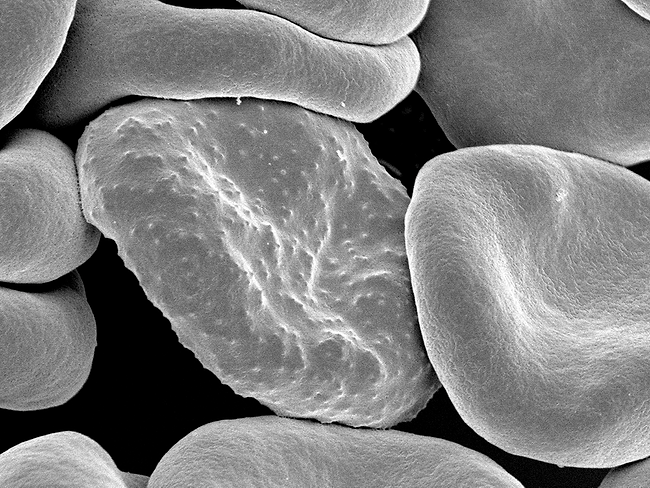
Drug design, drug delivery and technologies
Drug Design, Drug Delivery & Technologies
Peptigrowth and Orizuru Therapeutics collaborate on synthetic growth factor for use in regenerative medicines
Read MoreNeurology/Psychiatric
3Z and Biotx.ai partnership to utilize AI modeling to advance ADHD drug development
Read MoreDrug Design, Drug Delivery & Technologies
Alexion, Astrazeneca Rare Disease agrees to acquire Pfizer’s preclinical rare disease gene therapy portfolio
Read MoreDrug Design, Drug Delivery & Technologies







